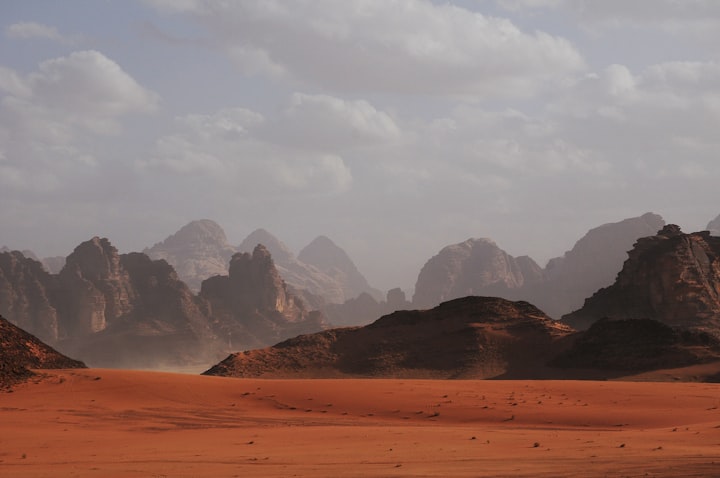The channels on Mars may not have been created by ancient rivers
It has been known for some time that an intricate network of valleys and what appear to be river beds are present on the surface of Mars, carved in ancient times by running water according to one of the main theories

It has been known for some time that an intricate network of valleys and what appear to be river beds are present on the surface of Mars, carved in ancient times by running water according to one of the main theories.
According to a new study from the University of British Columbia, these troughs and channels were not sculpted by free-flowing rivers but by melting water under the glacial ice.
This is the conclusion reached by some researchers including Anna Grau Galofre, a student of the Department of Earth Sciences who has used new techniques to examine thousands of valleys and channels. With the help of her colleagues, the researcher compared these Martian conformations with the subglacial channels of the Canadian Arctic archipelago, in particular those present on the island of Devon, and it was at that point that she discovered what are defined in the press release. come "striking similarities".
“There are hundreds of valleys on Mars and they look very different from each other. If you look at the Earth from a satellite you see many valleys: some made by rivers, some made by glaciers, others made by other processes, and each type has a distinctive shape. Mars is similar, in that the valleys seem very different from each other, suggesting that many processes were involved to carve them", explains Grau Galofre.
The island of Devon is one of the places on Earth most similar to the surface of Mars: an icy, polar and dry desert in which the glaciation is mostly supported by the cold, as explained by Gordon Osinski, a professor from British Columbia who has participated in the study.
According to what the researchers understood, only a small fraction of the valley and channel networks on Mars match patterns that can be caused by the typical erosion of surface running water.
So how were these valleys and canals formed? According to the two researchers they would have formed 3.8 billion years ago when Mars was farthest from the Sun and in a period in which the sun itself was less irradiated.
At that time, the climate of Mars was cooler and it is precisely for this reason that the networks of canals and valleys were formed under the ice caps, due to the drainage of the water accumulated at the base.
It is a theory that, among other things, better supports the possibility that in the past, even distant, life may have existed on Mars. The ice sheets, in fact, would have better protected the underlying water, giving it greater stability and greater shelter from solar radiation on a planet where there was no magnetic field even then.
Only black and white photos are taken on Mars, that's why

Recently, the technologies that can be used to take a photo have changed a lot, becoming more and more advanced and precise with the passage of time. Quickly the world of photography has seen a radical change, from black and white photographs to high quality digital ones. All commonly used devices now come with a camera, as well as rovers that go exploring on Mars. However, these technological gems are equipped with a rather "ordinary" camera not capable of capturing all the nuances of the Red Planet.
The first photograph taken on Mars dates back to 1971, thanks to the Soviet lander Mars 3. The lander was able to send only a first image to earth, as its landing on the planet proved unsuccessful. Also, the photo taken showed nothing. Only five years later, Viking 1 Lander, was able to send better images. This is because the second lander was equipped with a camera equipped with a vidicon (tube for video camera) and a mirror capable of rotating, in order to focus quickly.
The differences between rover cameras and ordinary ones. Currently, however, the photographic systems of rovers are much more advanced. The Curiosity rover, for example, is equipped with a camera system designed, built and operated by Malin Space Science Systems of San Diego, and is made up of 17 pieces of equipment. Some of them are intended to search for dangers on the planet's surface.
The cameras in question are engineering cameras and are different from those that are used for normal photographs on earth. Firstly, they're monochrome, so they only shoot in grayscale. This is because monochrome images contain less data and are therefore more easily transmitted to earth. For the same reason, they only shoot at a low resolution of around 1.05 megapixels. Much less than a modern smartphone is capable of. In addition, they allow the rover to also acquire 3D images, very useful in its orientation path on the planet.
About the Creator
Marco Bonomo
Follow me on Instagram: https://www.instagram.com/acchiappasogni/






Comments
There are no comments for this story
Be the first to respond and start the conversation.